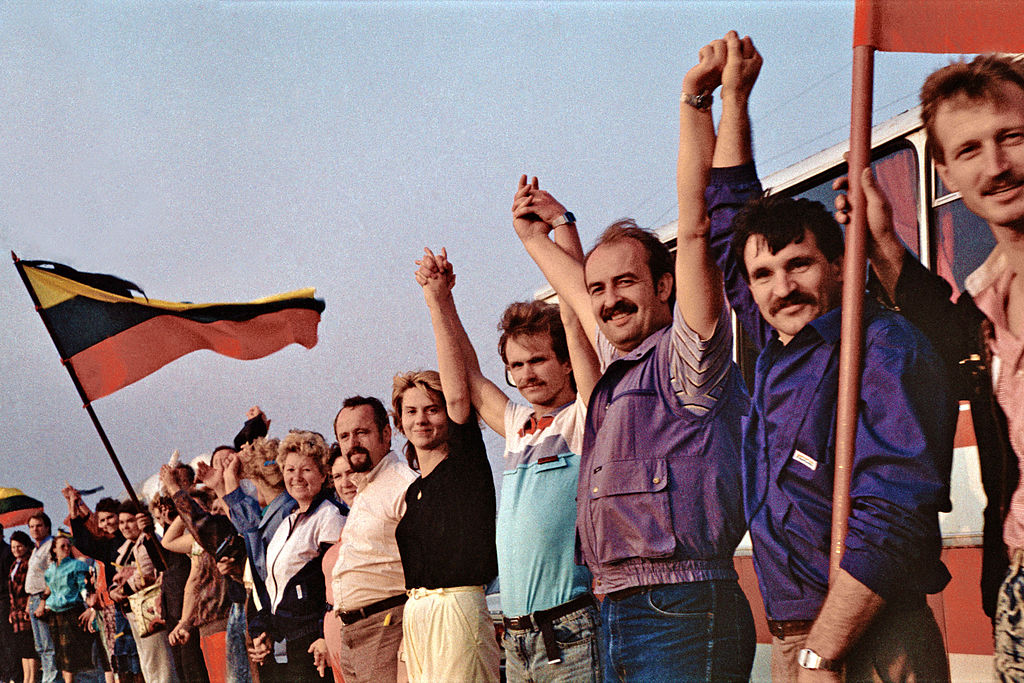Russian propaganda about the Baltic countries insists that they are marginal, but the amount of that Moscow effort underscores just the reverse: their success in resisting Sovietization and overcoming a half century of occupation by rejoining the West shows what other former Soviet fiefdoms might be able to do, according to Viktor Denisenko.
Indeed, the Russian commentator says,
Consequently, when Moscow is talking about the Baltic countries, Denisenko suggests, it is really concerned in the first instance not about Estonia, Latvia, and Lithuania but about Georgia and Ukraine and ultimately about all the other non-Russian countries that emerged following the collapse of the Soviet Union a quarter of a century ago.
This explains both the volume and the shrill tone of Russian reaction to the NATO film about “the forest brothers
,” the indigenous movement that fought against the Soviet occupation after the end of World War II. Moscow clearly fears that “as a result of NATO’s efforts, the narrative about ‘the forest brothers’ has ceased to be local and become global.”
Trending Now
Moscow’s dramatic expanse of its information campaign in the Baltic direction including cyberattacks and the spread of false news stories, Denisenko says, shows that the Kremlin is having to adjust itself to a reality very different than the one it has always assumed was the case with regard to the Baltic states.
According to Denisenko, “Brussels has boldly shown that it considers the [Russian] threat to the security of the Baltic countries to be real.” But “more than that, NATO “has shown that “in the alliance there are no second-class members. All the territory of NATO is a common zone of security” which can and will be defended.
Related:
- West backed Forest Brothers in Baltic countries, newly declassified CIA documents show
- The Nazi-obsession of pro-Kremlin propagandists
- Putin’s Donbas tactics won’t work in Baltic countries for economic reasons, Ilves says
- A Russian propaganda site incites breaking up Baltic countries
- New threats require a new response: What the Baltic countries and the US face in Putin’s Russia
- Moscow plans to ‘export separatism’ to Baltic countries, Christensen says
- Archives show Stalin was ready to give Hitler Ukraine and the Baltics
- Stalin’s deportation of Baltic peoples in June 1941 remembered

